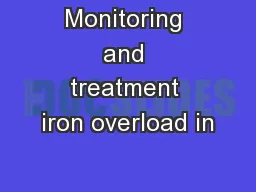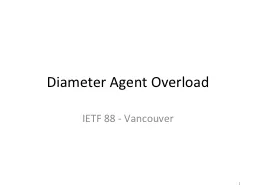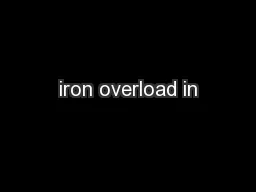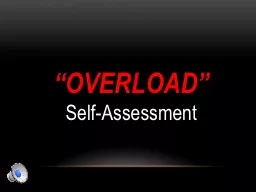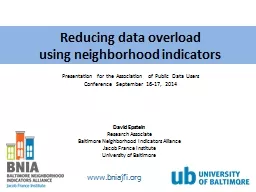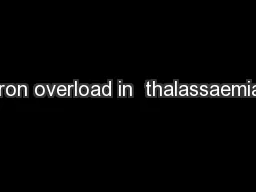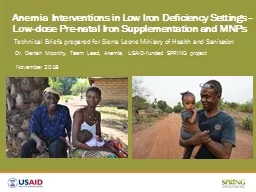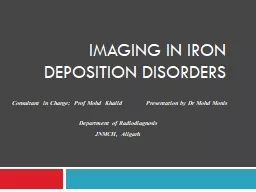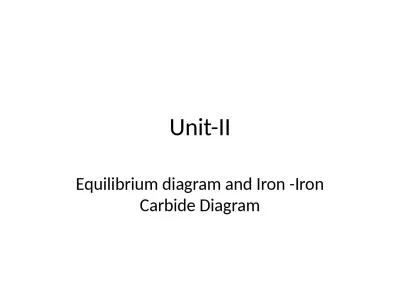PPT-Monitoring and treatment iron overload in
Author : giovanna-bartolotta | Published Date : 2015-09-25
thalassaemia Professor John Porter Red Cell Disorders Unit University College London Hospitals and UCL jporteruclacuk Professor John Porter Red Cell Disorders
Presentation Embed Code
Download Presentation
Download Presentation The PPT/PDF document "Monitoring and treatment iron overload i..." is the property of its rightful owner. Permission is granted to download and print the materials on this website for personal, non-commercial use only, and to display it on your personal computer provided you do not modify the materials and that you retain all copyright notices contained in the materials. By downloading content from our website, you accept the terms of this agreement.
Monitoring and treatment iron overload in: Transcript
Download Rules Of Document
"Monitoring and treatment iron overload in"The content belongs to its owner. You may download and print it for personal use, without modification, and keep all copyright notices. By downloading, you agree to these terms.
Related Documents

